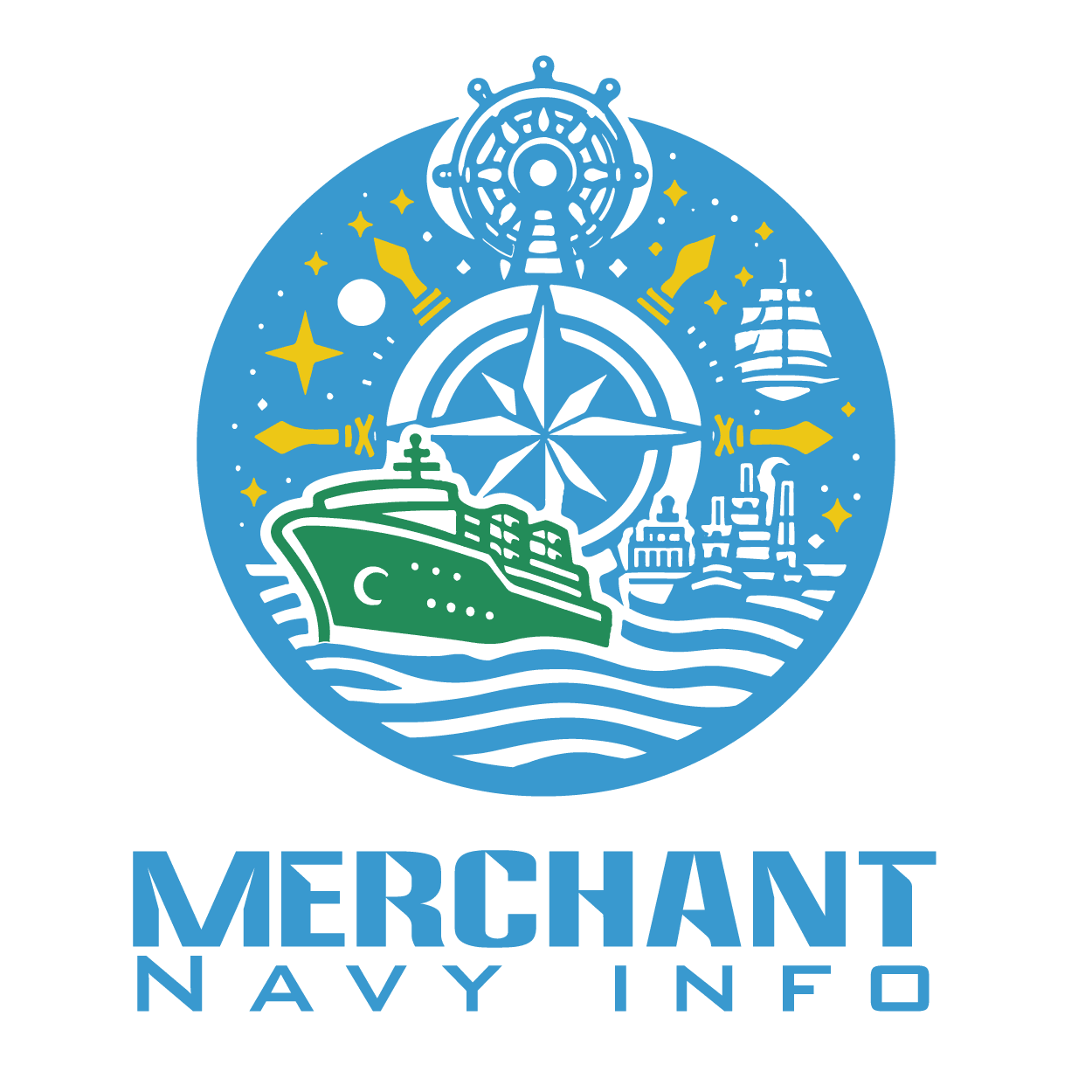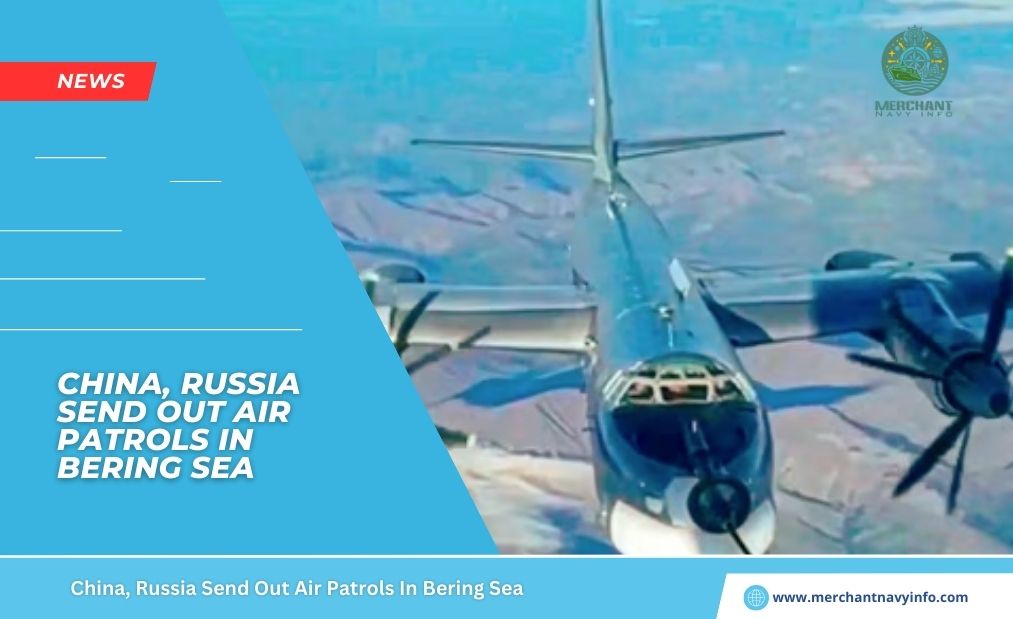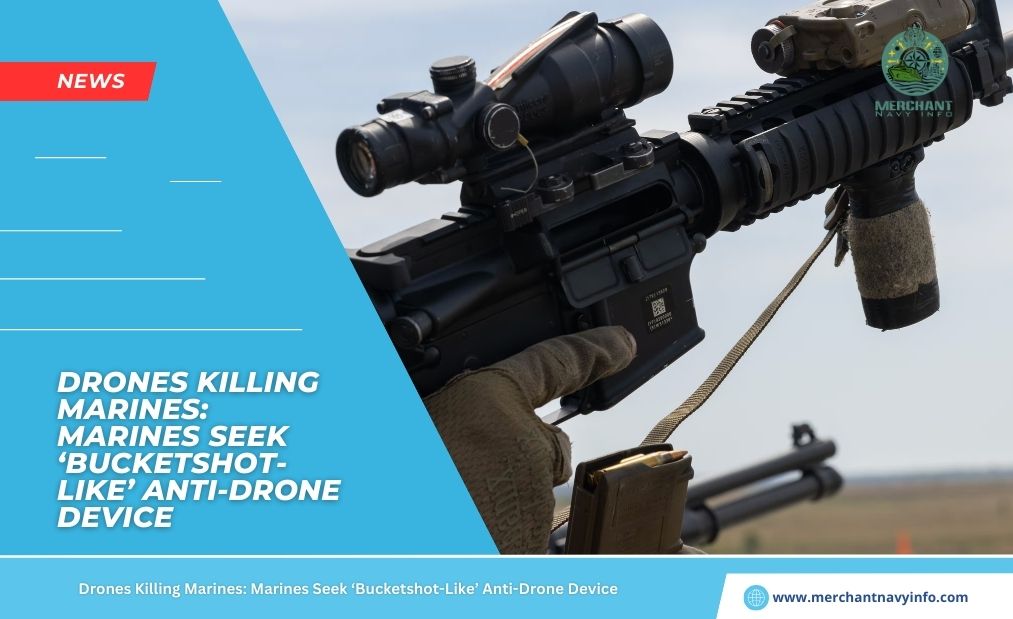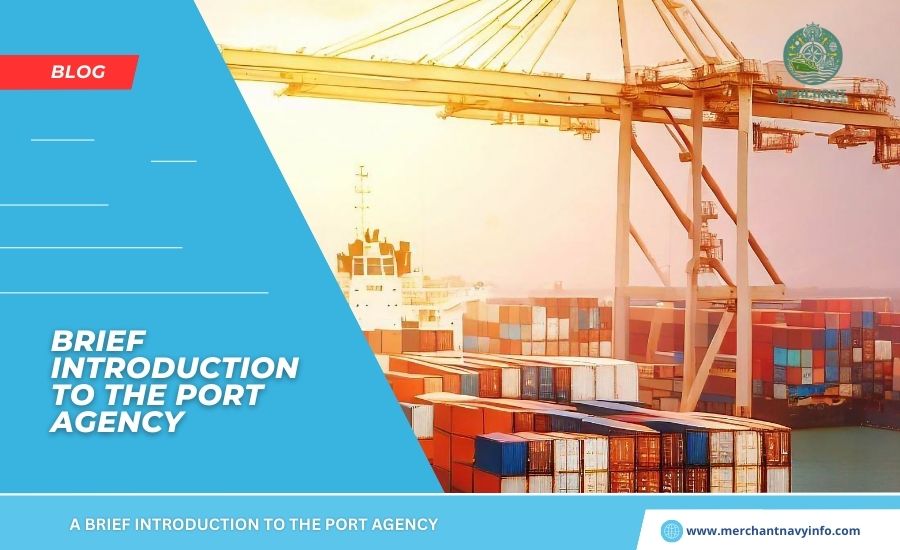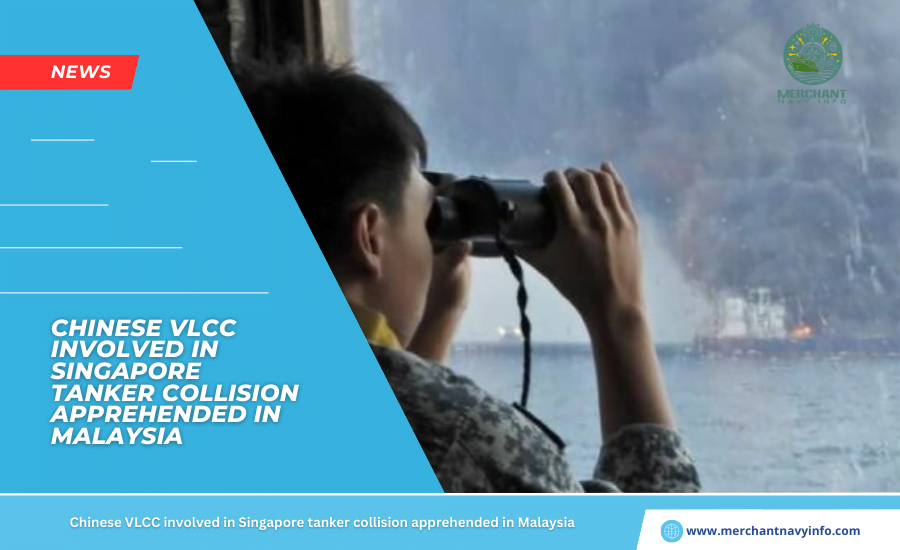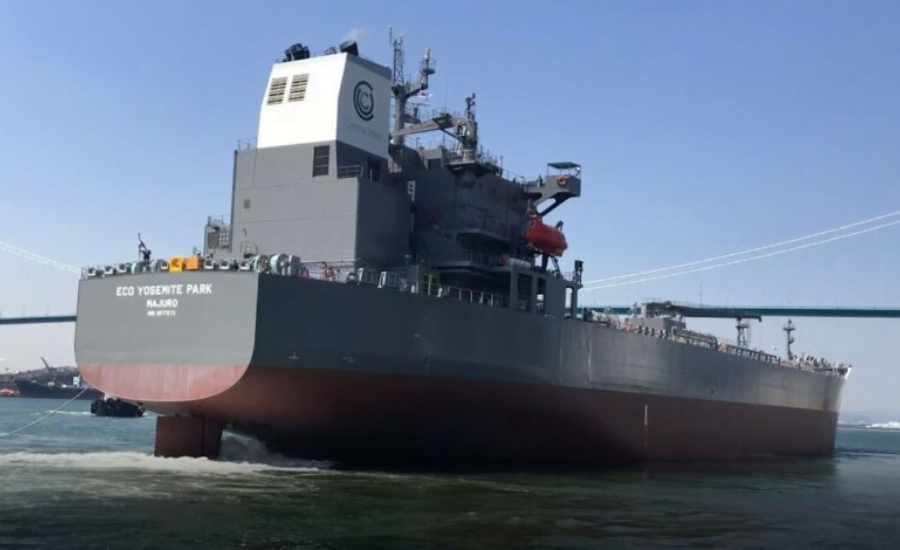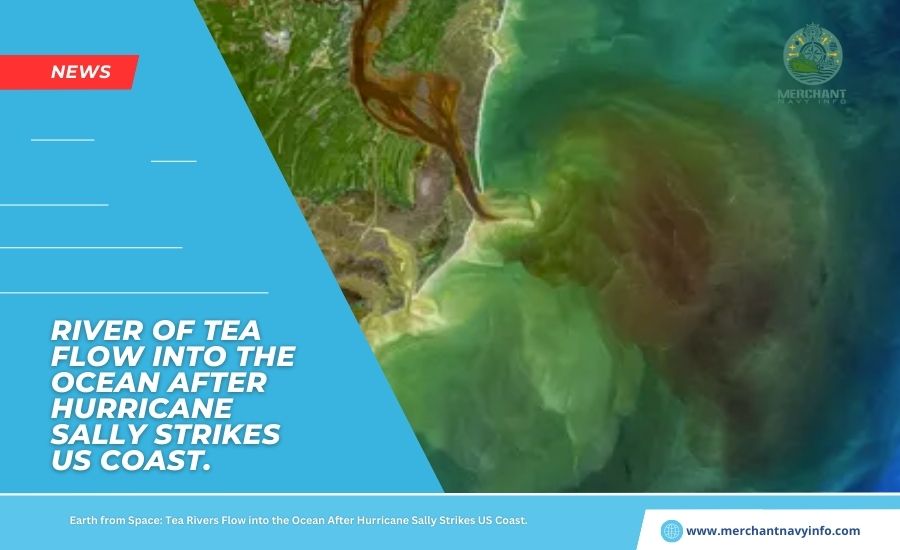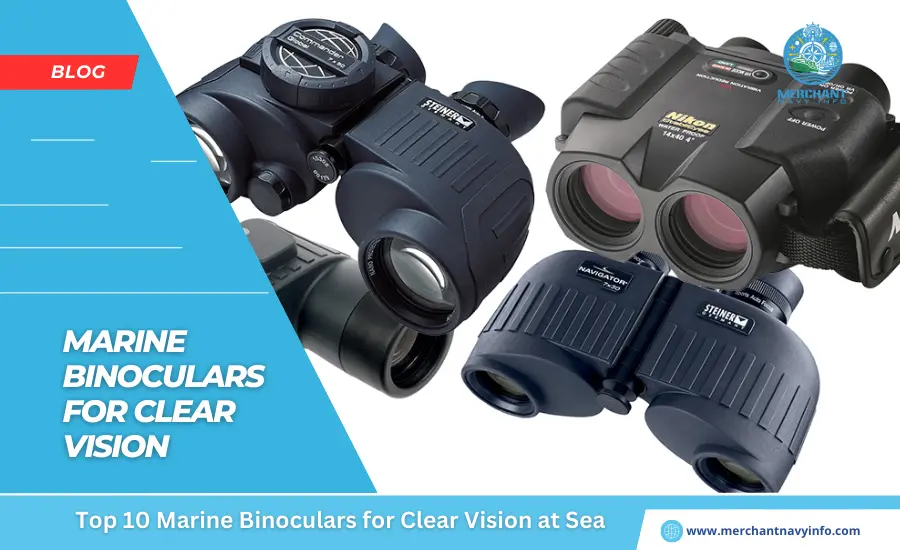
At sea, the use of binoculars is necessary to increase ship safety. Although the SOLAS Convention does not have any specific regulations regarding the number of binoculars on board a ship, it is important to equip every vessel with the best marine binoculars. As a sailor, it’s important to make sure you have the right binoculars and know about the binoculars you use at sea (and their features) in case you need an upgrade.
What do I Need to Know When Using or Purchasing Marine Binoculars?
There are generally five important things to know about binoculars.
- Magnification and Lens Diameter
- Focus
- Field of View
- Waterproof/Fogproof
The most commonly used marine binoculars are the 7×50 type. This means that the binoculars have a magnification of 7x and a lens diameter of 50 mm. If you want to buy the best marine binoculars, the first thing you should pay attention to is the magnification and the objective lens diameter. Let’s understand the characteristics of each of the above.
Magnification and Lens Diameter
Binoculars are classified by numbers such as 7×50, 7×35, 8×25, etc., where the first digit is the magnification, and the second digit is the lens diameter. It is clear that at sea, the higher the magnification, the more information the eye can capture. However, be aware that as the magnification increases, it becomes harder to take your eyes off the subject, and as the brightness decreases, the subject becomes blurry. To prevent brightness loss, a taller lens is required to increase image brightness. The larger the lens, the larger the camera, making it bulky and difficult to use.
Focus
Central Focus or Single
Focus marine binoculars usually have two types: central focus and single focus or fixed focus. The central focus binoculars have a button in the center that changes the focus of both eyepieces simultaneously. This is a traditional type of binoculars and is useful if you are sharing the binoculars with other crew members (as everyone can adjust the focus as needed). The center focusing is the most common type of binoculars on the market. However, most marine binoculars have a single focus type.
Advantages
- Easiest ergonomically – Easy-to-use buttons
- Focuses on very close objects
- It can be used even at the shortest distances.
- Good resolution too
- Suitable for people who wear glasses (with movable eyecup)
Cons
- Difficult to waterproof.
- There are problems with waterproofing and internal fogging.
- Focus takes longer each time you use it.
Individual Focus Adjustment (Fixed Focus)
Marine binoculars with individual focus adjustment allow you to manage the focus of each eyepiece individually. This eliminates the need to adjust the focus every time you need to use the binoculars. This is a huge time saver, especially in maritime emergencies.
Advantages
- Focus only once. No need to refocus. Your eyes will focus even if the distances are different.
- In low light conditions, it is difficult to focus with central focus binoculars, but with prime focus binoculars, it is easier to focus on the object because it is already in focus.
- Mostly waterproof (easy to make waterproof)
Cons
- Difficult to focus up close
- Difficult to use for people who wear glasses.
Most products have eyecups that are not adjustable.
Field of View
Field of view is usually the width measured in feet or meters from a fixed point. Describe the image you see horizontally when you look through the binoculars without moving them. Field of view is measured in feet at a distance of 1000 yards or meters. Each visibility is equivalent to 52.
Five feet at 1000 yards. Note that field of view and magnification are inversely proportional. This means that the higher the magnification (the smaller the diameter of the objective lens), the narrower the field of view of marine binoculars and the narrower the image.
Eye Relief
Another thing to consider is the eye relief of your marine binoculars. It is the distance between the eye and the eye lens (ocular lens). It is important to maintain the proper distance to see clear images. The eyecup is typically attached to the eyepiece so that the observer’s eye is at the appropriate distance from the eyepiece. Eyeglass wearers should be careful as the eyepiece is placed beyond the eye relief, resulting in blurred images and reduced image quality.
Waterproof/Fogproof
Marine binoculars are used in harsh environments, so they must be waterproof and fogproof. The binoculars are sealed by sealing all openings with O-rings. This prevents dust and moisture from entering the binocular housing. Almost all waterproof binoculars are filled with dry nitrogen gas at a pressure above normal atmospheric pressure. This excess pressure prevents outside air and low-pressure moisture from entering the binoculars. Additionally, nitrogen gas cannot retain moisture, so water will not get inside the binoculars’ housing. Although waterproof binoculars have an anti-fog coating on the inside, moisture can condense on the outside of the lenses.
Additional Features
Many high-end marine binoculars are now equipped with advanced features that make life at sea easier. Notable features include:
Floating Strap
Some marine binoculars come with a floating strap, but you may need to purchase one. If you’ve invested a lot of money into marine binoculars, it’s important to invest a little more in an adjustable buoyancy strap that will protect your binoculars if they fall overboard. It’s a good thing if your marine binoculars are waterproof, but if the optics fall overboard in deep water, that could be your last chance. The Swim Belt is made of highly buoyant material and will not float up when dropped into water.
Compass
Some commercially available marine binoculars have a built-in compass. When you look through the binoculars, you will see a compass superimposed directly below the image. This is very useful when observing a ship from a distance or determining its direction. The compass function is very useful for boat safety. Some marine binoculars are also equipped with a digital compass, and the system is illuminated.
Rangefinder Reticle
The Rangefinder is an additional feature that includes many marine binoculars. These binoculars have a built-in infrared laser system that helps you measure the distance from the binoculars to ships and objects. Very practical at sea, especially in emergency situations. Distance is always displayed in meters or feet and can be viewed directly through the eyepiece. Some marine binoculars are also equipped with an inclinometer.
Image Stabilisation
Image stabilisation technology was first used in digital cameras. Several major marine binocular manufacturers incorporate this technology into their binoculars to help compensate for observer movement and ship rocking. The marine binoculars with image stabilisation technology are equipped with gyroscopes that reduce movement in high-performance binoculars.
Best Marine Binoculars
Let’s take a look at the ten best marine binoculars on the market today.
Bushnell Marine 7×50 Waterproof Binoculars
Bushnell is one of the leading manufacturers of high-quality marine binoculars on the market today. Most marine binoculars you’ll find onboard are Bushnell brand. Corrosion-resistant and waterproof, his Bushnell 7×50 marine binoculars are specifically designed for harsh environmental conditions. These durable, fog-free, individually focused binoculars have a non-slip rubber exterior, making them extremely convenient and easy to hold. The Porro prism system with Bak-4 prism glass provides maximum clarity and a large area suitable for open water. In their respective price ranges, these are marine binoculars with the best price/performance ratio on the market today.
Pros
- 100% waterproof and durable
- Research HD quality
- Wide field of view
- Non-slip, non-slip rubber armor
Cons
- No image stabilization
- Heavy and bulky
Steiner 8 x30 Military Marine Binoculars
8×30 Steiner 2033 is ideal for outdoor activities. 8x magnification provides clear and clear images with a wide field of view. The Steiner marine binoculars are known for their ruggedness, and the Sreiner 2033 is similarly well-known for its rugged polycarbonate housing and waterproof and anti-fog properties. The Steiner 8×30 uses floating prism technology with a flexible silicone lens mount to absorb strong impacts and impacts. Most importantly, it has an autofocus feature that allows you to keep everything in focus, even from more than 20 meters away, without having to constantly focus.
Pros
- Very robust and durable
- Autofocus
- Shockproof
- Lightweight and easy to handle
Cons
- Value for money
- Not 100% waterproof
- No rangefinder reticle or compass
BARSKA Deep Sea 7×50 Waterproof Floating Binoculars
BARSKA Deep Sea Waterproof Floating Binoculars are the best you can get at this price. These waterproof and anti-fog marine binoculars with integrated Rangefinder and compass are suitable for all weather conditions. Plus, it floats in the water in case you fall overboard. The 7×50 deep sea binoculars are equipped with a BAK-4 prism, which provides clear, high-contrast images.
Pros
- Floating Waterproof
- Rangefinder
- Compass
- Affordable Price
- Robust and non-slip design
Cons
- Optical Rangefinder Non-Laser
- Bulky
Steiner 575 Marine 7×50 Binoculars
These binoculars S, Steiner 575 7×50, are specially designed for marine activities. It also features autofocus and a floating prism system for added protection and ease of use. The Steiner 7×50 Marine Binoculars are also fog-proof and waterproof to withstand the harshest conditions at sea. The lightweight and durable polycarbonate housing withstands heavy impacts and has Steiner’s signature robustness.
Pros
- Robust and durable.
- Webbing and protection from rain and splashes.
- Anti-fog Porro prism binoculars
If you are looking for waterproof binoculars to use at sea, this is the cheapest option.
The Bushnell 8×42 H2O Binoculars are Waterproof and Anti-Fog.
It has a large central focus and is easy to adjust. Has a durable, non-slip rubber exterior that easily absorbs shock and increases grip.
Pros
- Waterproof and anti-fog
- Affordable price
- Rubber handle and carrying strap
Cons
- Heavy and bulky
- No compass and rangefinder scale
Hooway 7×50 Waterproof Anti-Fog Military Marine Binoculars
Hooway 7×50 marine binoculars feature a porro prism system that provides a wide field of view, making them ideal for use at sea. Adopts a non-slip rubber case with a firm grip and shock absorption function. Marine binoculars that are completely waterproof and anti-fog and can even be used for swimming underwater. A tripod adapter for mounting the tripod is included.
Pros
- Compass and rangefinder
- Waterproof and anti-fog
- Robust and sturdy
Cons
- Material not very sturdy
- Optical rangefinder, no laser
- Rangefinder to measure distances To measure, we need to know the height of the object here
Fujinon Mariner 7×50 WPC-XL Porro Prism Binoculars
The Fujinon Mariner 7×50 is a 100% waterproof marine binocular with a compass and crosshair display. Built-in LED light for use in dark areas. A floating carrying strap is included to protect the binoculars if they fall overboard.
Pros
- Easy to use
- lightweight
- comes with a swimming belt
- great value
Cons
- A little bulky
Aomekie 7X50 Marine Military Binoculars
Aomekie 7×50 Marine Binoculars are One of the best waterproof binoculars. There are anti-fog and light-sensitive binoculars available on the market. It features a high-index BAK4 prism with an anti-reflection coating that improves image clarity and reduces light reflections. These buoyant marine binoculars are water-resistant for up to 30 minutes at a depth of 1 meter. It also has a rangefinder and compass that lights up even in dark places.
Pros
- Easy to carry,
- waterproof and no-fitting
- compass and rangefinder
- price performance
Cons
- Battery operated lighting
- not 100% waterproof
ESSLNB Marine Remote 7X50
ESSLNB Marine Binoculars come with an illuminated integrated rangefinder and compass. Floating, waterproof, and anti-fog. However, please note that it is waterproof up to a depth of 1 meter and will float for 30 minutes if dropped in water. The ESSLNB 7×50 features a BAK-4 prism and multi-coated broadband green film technology to reduce reflected light and image distortion. Non-slip rubber coating improves grip and handling.
Pros
- Ranger Finder
- Compass
- Cost Performance
- Individual Focus System
- Waterproof/Anti-Fog
Cons
- No Night Vision
- Not 100% Waterproof
USCAMEL 10×50 Marine Binoculars
The USCAMEL 10×50 Marine Binoculars are one of the most cost-effective devices in this series. With 10x magnification and a 50mm objective lens, USCAMEL marine binoculars provide bright images with few stabilization issues. It has an autofocus system that avoids individual eyepiece focusing and refocusing. It features a foldable eyecup, making it easy to use even for people who wear glasses. These marine binoculars are waterproof and anti-fog and have a built-in rangefinder and compass.
Pros
- Waterproof and floating
- compass rangefinder
- Value for money
Cons
- Not very efficient at night
- A bit heavy
